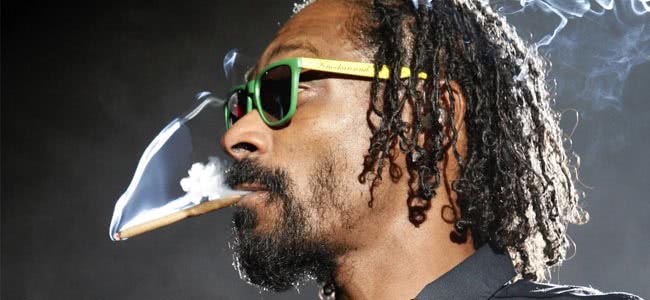Does listening to rock music make you want to get drunk? How about reggae and lighting one up? Club bangers, do they make you want to invest in some ‘leisure activities’?
We already know that listening to music can transport us to a nostalgic time or place, but can it really induce hedonism?
It may seem like a damning stereotype, but new Australian research has found a strong link between our favourite party soundtracks and cravings for drink and drugs.
Unlike other music research that’s used science to stigmatise however (like the doctor from Utrecht that noted that listening to metal and hip hop led to delinquency), the results of the new Aussie study is instead angling its findings to help curb substance abuse, showing that the power of music can be an inexpensive tool in rehabilitation treatment.
A series of studies spearheaded by Dr Genevieve Dingle of the University of Queensland’s School Of Psychology offer the intriguing findings, with three separate papers presented at the Australasian Professional Society on Alcohol and other Drugs Conference in Brisbane this week showing off her research.
“People can use music listening to immerse themselves in negative emotions, like sadness or anger,” Dr Dingle tells ABC Radio’s Tim Cox. “But what that does is it actually helps them to process those emotions and feel better quicker… it’s a cathartic thing.” Alternatively, music can be used to “sustain positive emotional states” to create or change moods.
These are the more obvious results of research in which Dingle and her team analysed focus groups of young people, aged 15 to 25 years old, on how they used music, as ACYS reports – such as “building relationships by sharing music with family members or friends,” to simply using music to help them concentrate while studying.In one study 43% of 106 people surveyed were able to “nominate a particular song, genre, or album that triggered their cravings for a substance…”
“It is an emotional response,” Dr Dingle explains to News Ltd. “Music can trigger strong emotional memories of things like a ski trip, school camp or a break-up. The music is not bad in itself, but its memories can be a signal.”
Which leads to the second and third study, which looked at people who were in treatment for substance abuse problems. Dr Dingle’s research showed that specific types of music could trigger cravings for drugs and alcohol – labelled as ‘dangerous’ music.
It’s not as simple as pop or classical music being ‘healthier’ than heavy metal or rap; rather than tarring all kinds of music to triggering cravings – such as damning dance music as being for pill-poppers or rock for heavy boozers – the cases are specific, meaning the person had to have a previous association with that piece of music.
“It is broader than just how it makes you feel, it might be also that it triggers cravings for substance use if that music is associated with previous use in some way,” Dr Dingle said.
In one study 43% of 106 people surveyed were able to “nominate a particular song, genre, or album that triggered their cravings for a substance,” says Dr Dingle.
“Lyrics are also mechanisms – for example [Cold Chisel’s] ‘Cheap Wine’ or [JJ Cale’s]’Cocaine’ evoke rituals around substances and people have said it has been a trigger to relapse,” she adds.
Instead, those surveyed “overwhelmingly” indicated that music was “helpful to their recovery… to stay clean and sober,” says the Queensland researcher, emphasising that in controlled use, “people in rehab… can start to use music more actively as a substitute and still get those same euphoric and pleasant effects.
“Some of the key things are tempo because that has an impact on heartbeat, its also lyrics because young people tend to take them on as messages to themselves, the sound of vocal and music quality, and whether it is in a major or minor mode which can make it feel happier or sadder music.”
Dr Dingle, in association with the Queensland University, is even using her research to help develop a ‘mood genie’ app, designed to create an emotional map for listeners to travel using the music on their smartphones as their guide.
The app analyses your iTunes collection and is designed for young people to create a ‘mood journey, “where they are and where they’d like to be,” explains Dr Dingle, “[and] draw pieces of music from their playlist to get them there.” For instance, if you’re feeling sleepy and want to feel more energised, the app will generate a playlist that progressively takes you from one emotional state to the other.
The app, which is in the “final stages of development” says Dr Dingle, and available early next year, reflects the Aussie research about “being more aware of the power of music can help people regulate their emotional arousal both up and down.”




































